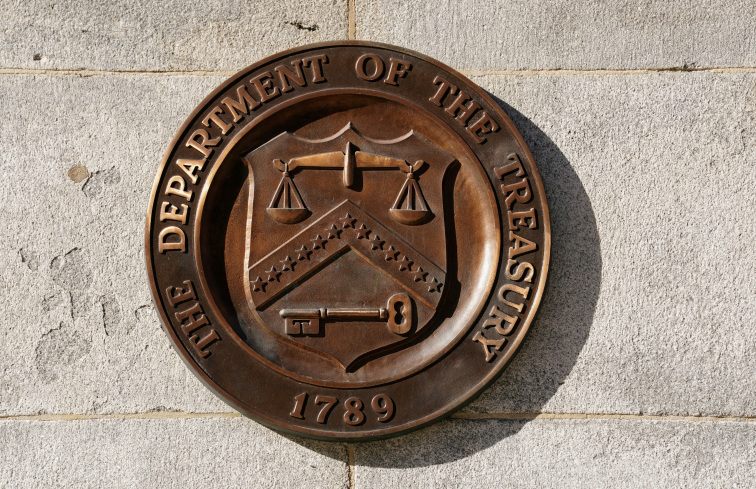Since mid-January 2025, hundreds of thousands of U.S. TikTok users have flocked to the Chinese social media platform Xiaohongshu (RedNote). (Screenshot composite / Dajiyuan)
[People News] The Chinese Communist Party (CCP) is using advanced technologies like artificial intelligence to build an "AI totalitarian state," employing every possible means to collect and steal personal data from citizens while imposing strict surveillance. The public deeply resents this, but the CCP refuses to stop.
Xiaohongshu’s Extensive Data Access to Users' Information
According to Newtalk News, many smartphone applications request users to grant access to certain data or other apps to provide a smoother user experience. However, many people worry about potential privacy breaches. Recently, reports from China have surfaced, revealing that the social media platform Xiaohongshu (Little Red Book) frequently accesses various user data. Some users checking their phone settings discovered that Xiaohongshu accessed their data 92,000 times in just 30 days, including 70,000 instances of location data access. Many netizens have expressed concerns that Xiaohongshu might be leaking personal information.
According to China’s Jiupai News, a user under the pseudonym "Xiao V" shared his experience in an interview. One day, while using Xiaohongshu, he came across a post discussing the app’s excessive background data access. Out of curiosity, he decided to check his phone’s access logs and was shocked to find that within the past 30 days, Xiaohongshu had accessed his location, photos, videos, device status, calendar, and clipboard a staggering 92,000 times—far surpassing WeChat, which ranked second with only 911 instances.
The report noted that of these excessive 92,000 data accesses, the majority—71,000 instances—were related to location tracking. During the interview on the 25th, when Xiao V checked his phone in real time, he discovered that Xiaohongshu had accessed his location 2,148 times just that day.
Another Xiaohongshu user, "Xinger," told Jiupai News that she had encountered a similar issue. She showed her phone’s app activity records, revealing that Xiaohongshu had accessed various types of data 50,000 times in the past 30 days, with 46,000 of those being location requests. The report also highlighted that between 6:19 PM and 6:20 PM on the 25th, Xiaohongshu accessed Xinger’s device status 15 times, music files 7 times, video files 7 times, photo files 7 times, and clipboard once—all within a single minute.
Reports about Xiaohongshu's continuous access to user data first emerged on Chinese social media platforms as early as July 2024, with over 70,000 discussion posts appearing within Xiaohongshu itself. The issue gained immediate attention after media coverage, prompting many Chinese netizens to demand a "reasonable explanation" from the platform.
In response to allegations of potential privacy breaches, Xiaohongshu’s customer service stated that the platform does not leak users' personal information and insisted that this data access occurs only when users grant permission—calling it "a normal app setting." The customer service representative further suggested that if users remained concerned, they could record their screens or take screenshots and submit them via a designated email, where a dedicated team would assist in addressing their concerns.
The World's Most Densely Packed Cameras Are Watching You
According to a report by Voice of America, there are currently over 1 billion surveillance cameras installed globally, with more than half of them located in China. The renowned information analysis firm IHS Markit estimated that by the end of 2021, 54% of the more than 1 billion surveillance cameras deployed worldwide would be in China, equating to approximately 540 million. In reality, this is a conservative estimate; recent statistics suggest that the number of public surveillance cameras across China may have reached 626 million.
A research analysis released by the information research company Comparitech on July 11, 2022, indicates that if we consider the lower estimate of 540 million surveillance cameras in China, there would be an average of 372.8 cameras for every 1,000 people. Conversely, if we take the higher estimate of 626 million cameras, the average rises to 432.2 cameras per 1,000 people. This calculation is based on China's population of 1.46 billion. If we account for the significant population decline of hundreds of millions post-pandemic, the number of surveillance cameras per person in China could be even higher. Regardless of which figure is used, the ratio of cameras to population far exceeds that of over 100 of the world's most populous cities by hundreds of times.
For instance, in Tokyo, Japan, the world's largest city, there is an average of just 1.06 surveillance cameras for every 1,000 residents. In Mexico City, the fifth largest city, this figure rises slightly to 3.62 cameras per 1,000 people. In New York, the largest city in the United States, the average is 6.87 cameras per 1,000 residents, while Los Angeles, the second largest city, has an average of 8.77 cameras per 1,000 people.
According to reports, China has installed hundreds of millions of surveillance cameras, with the Tianwang surveillance system managed by the Ministry of Public Security accounting for over 200 million of these cameras. These are distributed across various commercial districts, residential areas, and highways, resulting in nearly one surveillance camera for every two people in China. In comparison, globally, there is approximately one surveillance camera for every eight individuals.









News magazine bootstrap themes!
I like this themes, fast loading and look profesional
Thank you Carlos!
You're welcome!
Please support me with give positive rating!
Yes Sure!